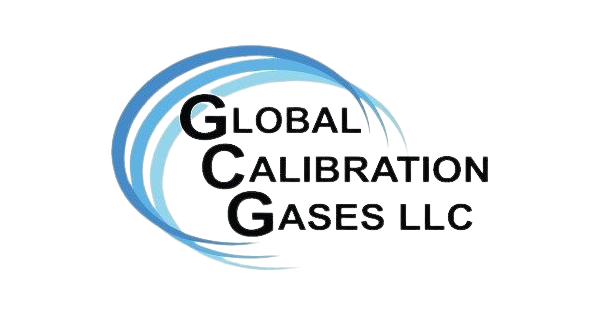As certain impurities may affect the final performance of the final mixture, all blending gases are qualified to meet the quality standards specified for the mixture. Raw materials are only purchased from approved vendors in accordance with our ISO 17025:2017 accreditation.
All gas mixtures produced at Global Calibration Gases are confirmed by instrument analysis to conform to the specifications of our customers and to our company SOPs. For all NIST Traceable mixes we adhere strictly to our scope as described in our ISO 17025:2017 accreditation for calibration and testing. Individual analyzers employ methods of detection including chemiluminescence, total hydrocarbon flame ionization, non-dispersive infrared, electrochemical, electrolytic and paramagnetic detectors. Gas chromatography is heavily relied upon using a variety of detectors including thermal conductivity, flame ionization, pulsed discharge ionization as well as the latest in micro-GC technology.
All mixtures are supplied with a certificate of analysis (COA) that details the results of the analysis, the method of analysis, the accuracy of the analysis and the reference standards used as appropriate. Other details include the cylinder and valve specifications, the volume and pressure contained, expiration dating as appropriate and proper signatures of authorization. All of our analyses are comparative in nature. In other words, candidate mixture concentrations are named by comparing the detector response generated by the candidate mixture to the response generated by a reference gas mixture on the same instrument in a detection range that is well characterized. The accuracy of the analysis is directly related to the accuracy of the reference standard used. The reference standards used are NIST Standard Reference Materials (SRM), NIST Traceable Reference Materials (NTRM), Gas Manufacturer’s Intermediate Standards (GMIS), or Global Calibration Gases Primary Laboratory Standards.

